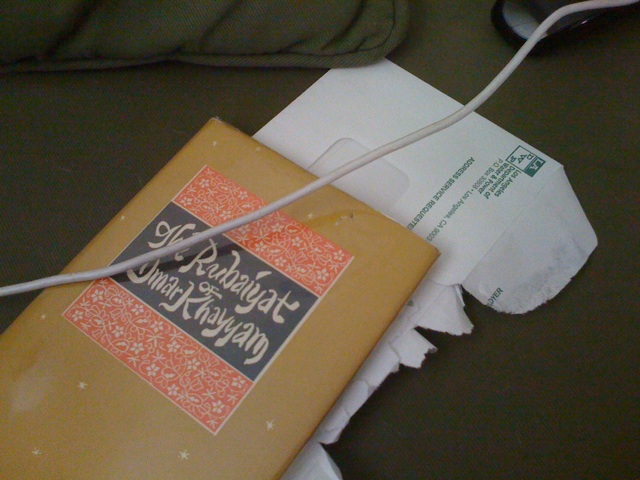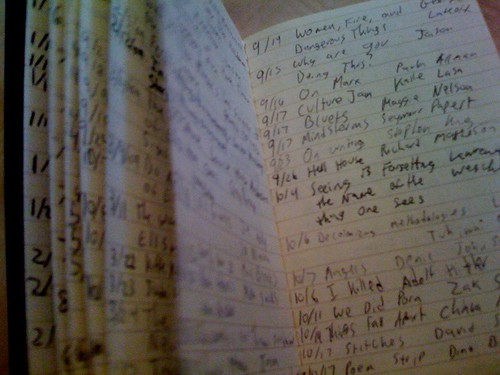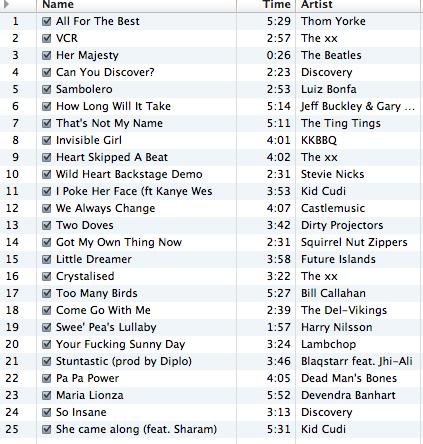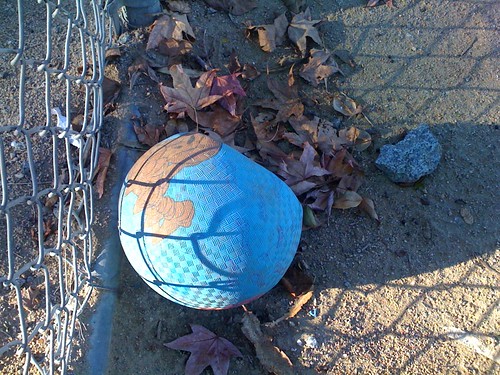
The table is a civilizing place. It’s where a group comes and they hear points of view, they learn about courtesy and kindness, they learn about what it is to live in a community – live in a family first, but live in bigger community. That’s where it comes from, don’t you think?
And
And I just feel like the best way to inflence those kids is to help educate them in the public school system and to teach them to open their senses. Do you know that eighty-five percent of kids in this country don’t eat one meal with their family a day? I think we just forgot, you know. It just got thrown out that idea of being around a table. And we don’t know what got thrown out with it. There are a lot of things that happen around a table; even if you don’t like what’s on the table and you can’t communicate with your family, you have to sit there in a way and wait ’til that guy stops talking so that you go pass the bread to another or use a napkin or a fork or a knife. And those things are becoming very foreign to a lot of children! It’s an offering to-someone-who-needs-food. It’s healing. And I think that’s what the table is! It’s an offering to nourish people! And the more you’re out there, the more you realize what’s upstream is coming downstream. The more you realize that, you know, we’re all sort of connected here.
From this play, incidentally. (Will be reading with the eleventh graders in two weeks.)



